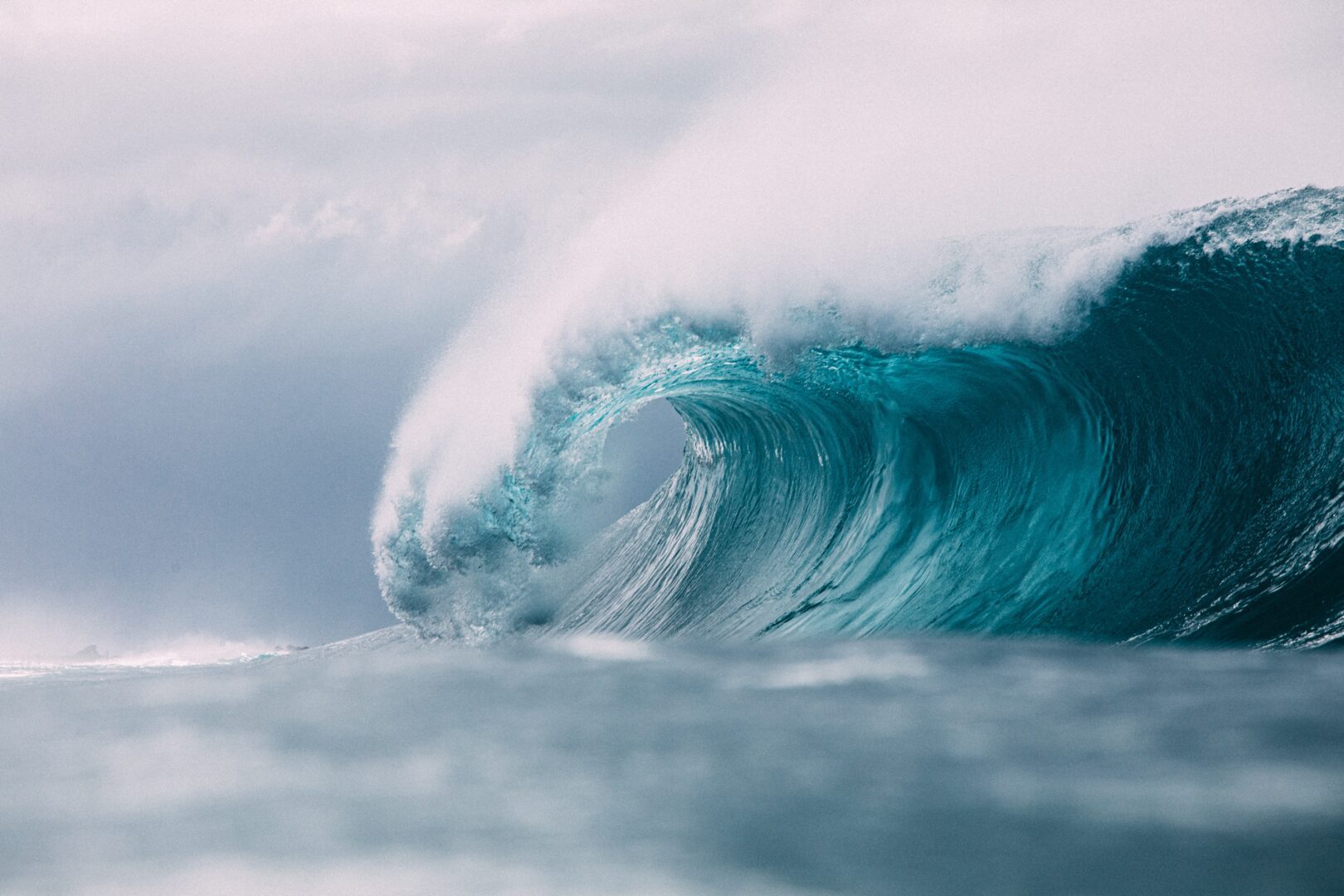 View Winners →
View Winners → 
Scientists, including researchers from the California Institute of Technology in Pasadena, uncovered the source of a mysterious tsunami that created a worldwide tsunami in August 2021, according to a release from the American Geophysical Union.
A magnitude 7.5 earthquake struck near the South Sandwich Islands in the South Atlantic Ocean and led to a worldwide tsunami. The epicenter was about 30 miles below the Earth’s surface, and about 250 miles long. It was too deep to initiate a tsunami, and should have resulted in a much larger earthquake, researchers said.
A study released on Tuesday revealed that quake was a series of five sub-quakes spread out over several minutes. The third sub-quake was shallower and registered 8.2 magnitude that was about 10 miles deep. It was likely the quake that triggered a worldwide tsunami.
The study was published in the AGU journal Geophysical Research Letter.
Lead study author Zhe Jia, a seismologist at the California Institute of Technology, said because the South Sandwich Islands earthquake was complex, with multiple sub-quakes, its seismic signal was difficult to interpret.
The quake was hidden within the tangle of seismic waves, which interfered with each other over the course of the event. Not until Jia filtered the waves using a longer period, up to 500 seconds, was the hidden quake’s signal clear. The 200-second long quake accounted for over 70% of the energy released during the quake, Jia said.
“The third event is special because it was huge, and it was silent,” Jia said in a statement. “In the data we normally look at (for earthquake monitoring), it was almost invisible.”
The U.S. Geological Survey initially reported the magnitude 7.5 quake and added the 8.2 quake the following day, when a surprise tsunami lapped up on shores up to 6,000 miles away.
“We need to rethink our way to mitigate earthquake-tsunami hazards. To do that, we need to rapidly and accurately characterize the true size of big earthquakes, as well as their physical processes,” Jia said in a statement.
It’s critical to improve predictions because these type of earthquakes can create unexpected tsunamis, said Judith Hubbard, a geologist at the Earth Observatory of Singapore who was not involved in the study.
“With these complex earthquakes, the earthquake happens and we think, `Oh, that wasn’t so big, we don’t have to worry.’ And then the tsunami hits and causes a lot of damage,” Hubbard said in a statement. “This study is a great example of how we can understand how these events work, and how we can detect them faster so we can have more warning in the future.”
Jia said common monitoring often focuses on short and medium periods of waves, and longer periods can be left out.
“It’s hard to find the second earthquake because it’s buried in the first one,” Jia said. “It’s very seldom complex earthquakes like this are observed. And if we don’t use the right dataset, we cannot really see what was hidden inside.”







































































































